Digital marketing best practices are constantly evolving — is your hospital’s strategy up-to-date?
As competition in the online healthcare space continues to intensify, hospitals need to do everything they can to stay on top of emerging digital marketing trends and best practices. Troy, NY-based communications firm Smith & Jones recently released its 2017 Hospital Marketing Trends white paper, which outlines a number of key areas that hospital marketers need to focus on this year if they want to stay ahead of the curve.
Here are three emerging trends that I thought would be of particular interest to our audience.
1. Embracing New Tech Tools
According to Smith & Jones, hospitals need to be more proactive about adopting and properly utilizing customer relationship management (CRM) tools in order to attract new patients and retain existing ones. In fact, the report listed CRMs as the number one digital trend of 2017.
“The benefits are quantifiable,” the report states. “Organizations can use this platform to track campaign results and ROI. The benefits are also altruistic. With CRM, marketers can tailor messages and target people who can benefit the most from your care services.”
As HealthLeaders Media points out, a hospital could, for example, use a CRM database during Breast Cancer Awareness month to “identify patients who are statistically at greater risk for breast cancer or are overdue for a mammogram.”
2. Targeting Niche Audiences With Digital Advertising
Considering how difficult it is to outrank healthcare SEO-dominators like Mayo Clinic and WebMD in organic search, many hospitals are turning to search engine and social media advertising to reach their target audiences with highly relevant content.
Platforms like Facebook and Google offer demographic targeting options that enable hospitals to deliver tailored ads to niche audiences with extreme precision. Now marketers can use information like age, ethnic affinity, location, interests, and much more to maximize the relevancy of their audience.
As Smith & Jones point out, “Niche audiences tend to be more passionate about their specific interests, values, and hobbies. By adding a dimension of differentiation, you can zero in on specific audiences and better compete for their attention.”
For example, if you’re in pediatric care, you can target young mothers in your local market, or if you’re in sports medicine, you can target patients who are over 65 and have an interest in running or hiking, which makes them more prone to knee or ankle injury.
3. Real-Time Location-Based Advertising
I briefly mentioned location-based targeting in the section above, but new tools and techniques are emerging that go way beyond serving ads based on a user’s home address.
According to Smith & Jones, tactics like “geoconquesting” are gaining traction among hospitals across the country. This plays off of a more established strategy, “geofencing,” which is the practice of establishing a specific radius around your business, then serving ads to individuals that enter that radius. Geoconquesting, on the other hand, is the practice of serving an individual an ad for your business when they are physically within the geofenced radius of a competitor’s location.
“By exploiting a consumer’s location, you can deliver content that may not have been sought after, but puts your organization on their radar,” the white paper states.
Ultimately, these three are just a small faction of the overall digital marketing equation — a bevy of new trends, such as voice search optimization, micro-moments, and omnichannel marketing, are constantly emerging and evolving. Hospitals need to make sure they’re taking proactive measures to keep their digital marketing strategy up-to-date, or risk falling behind the curve and losing relevancy in their local markets.




















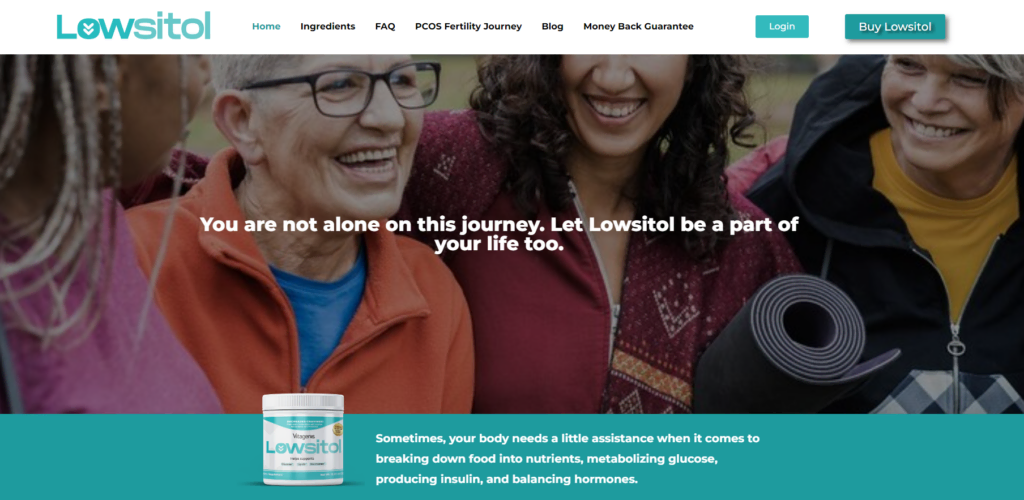


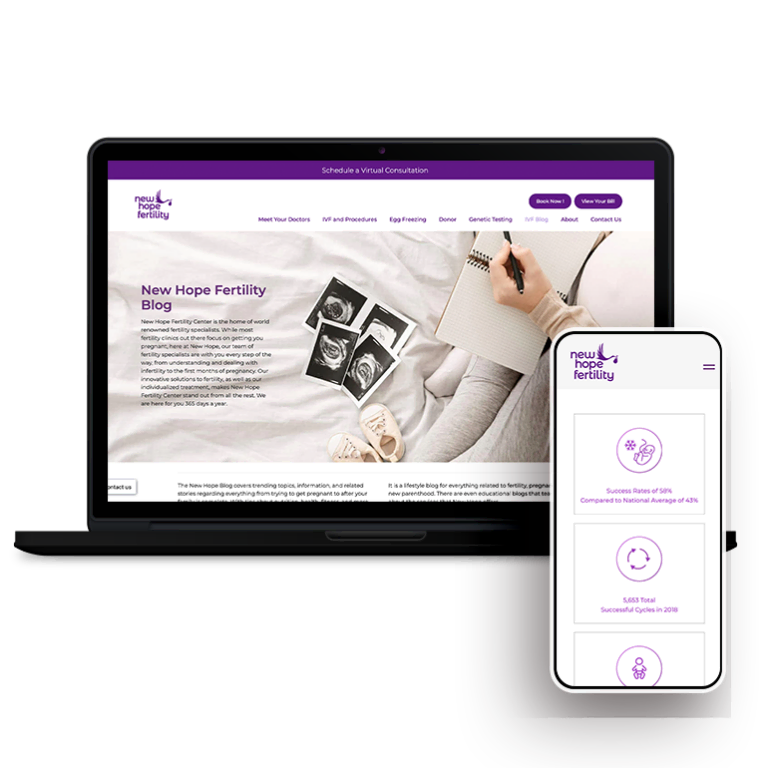


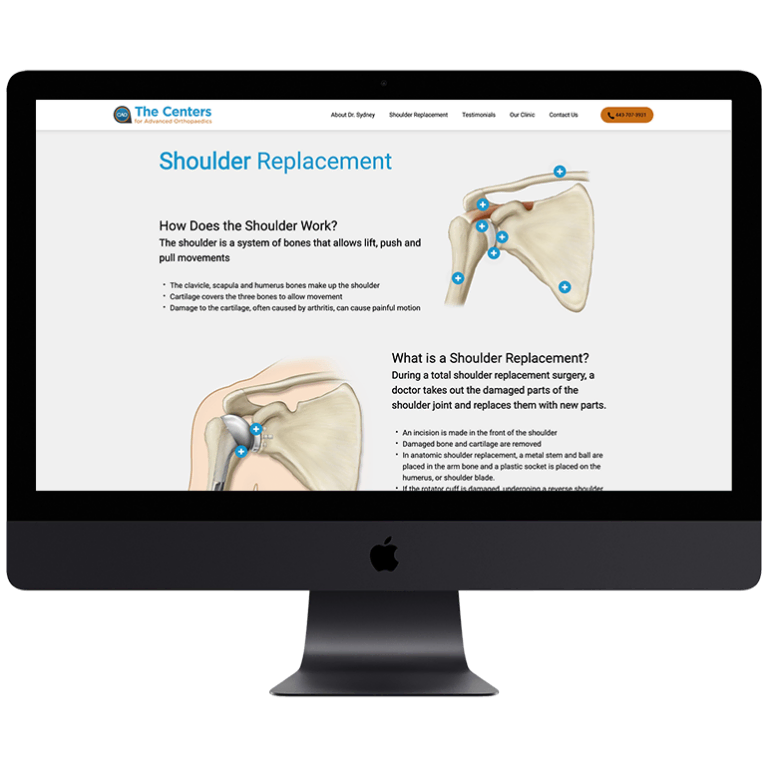



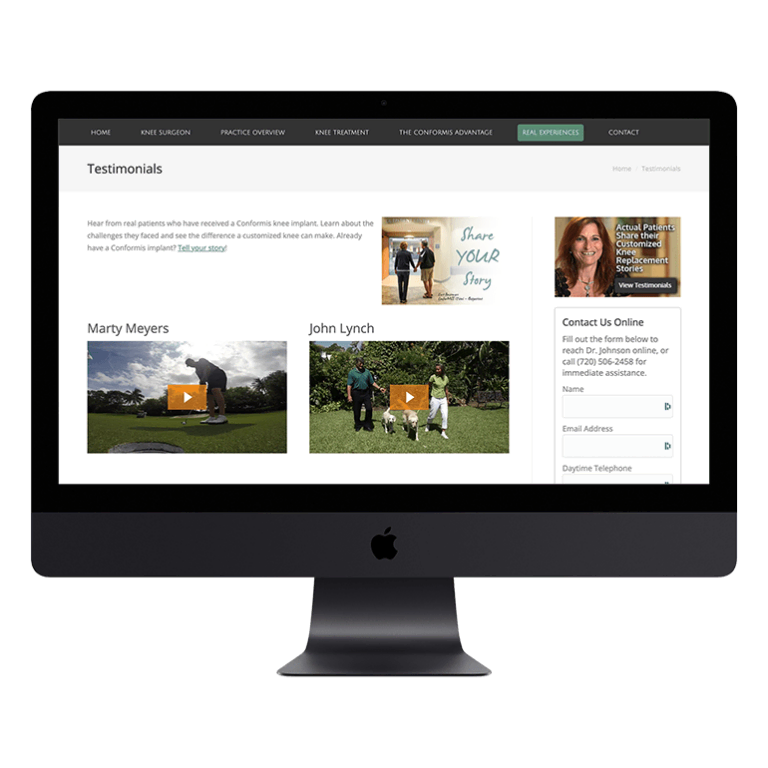

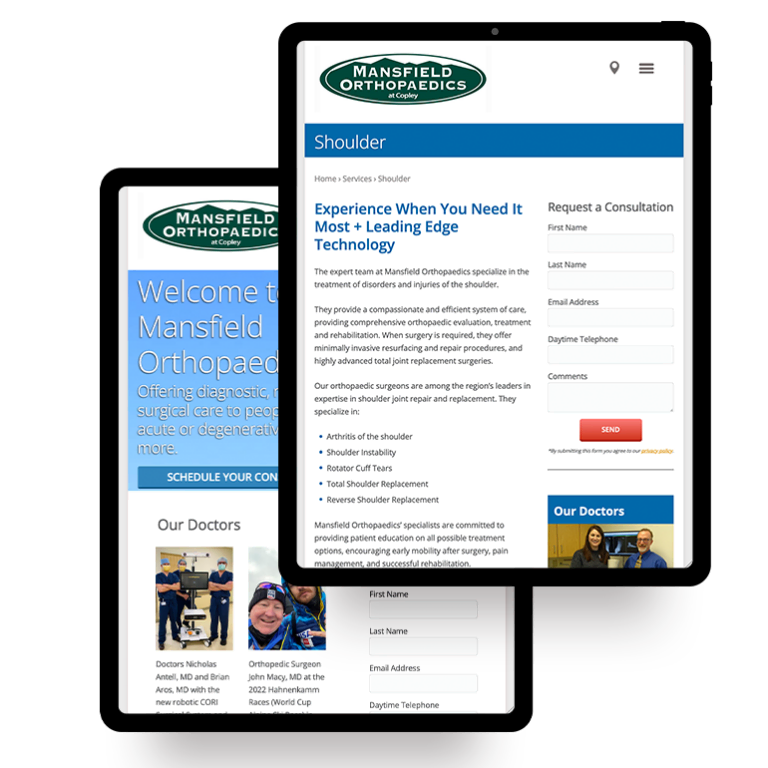

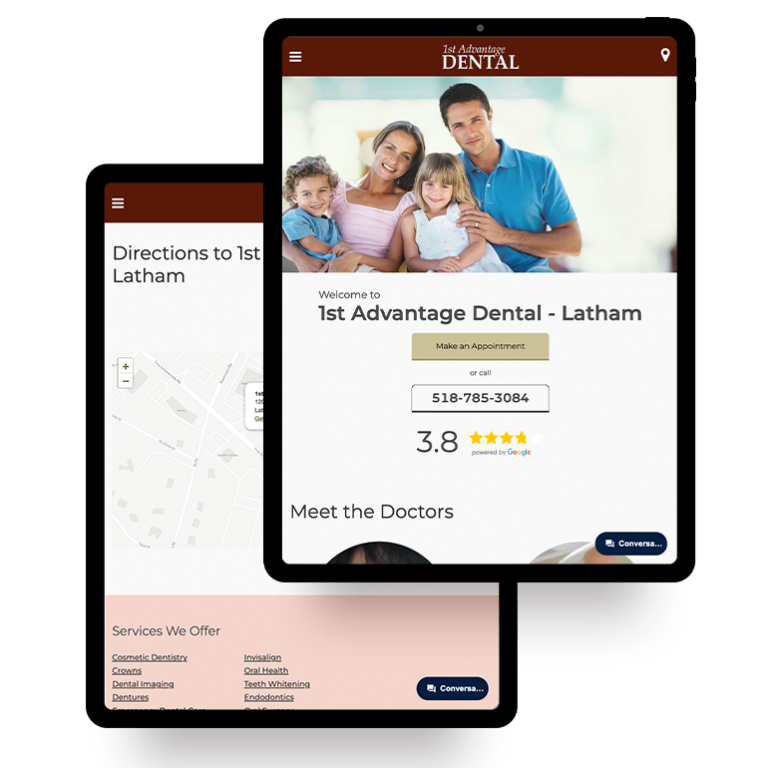

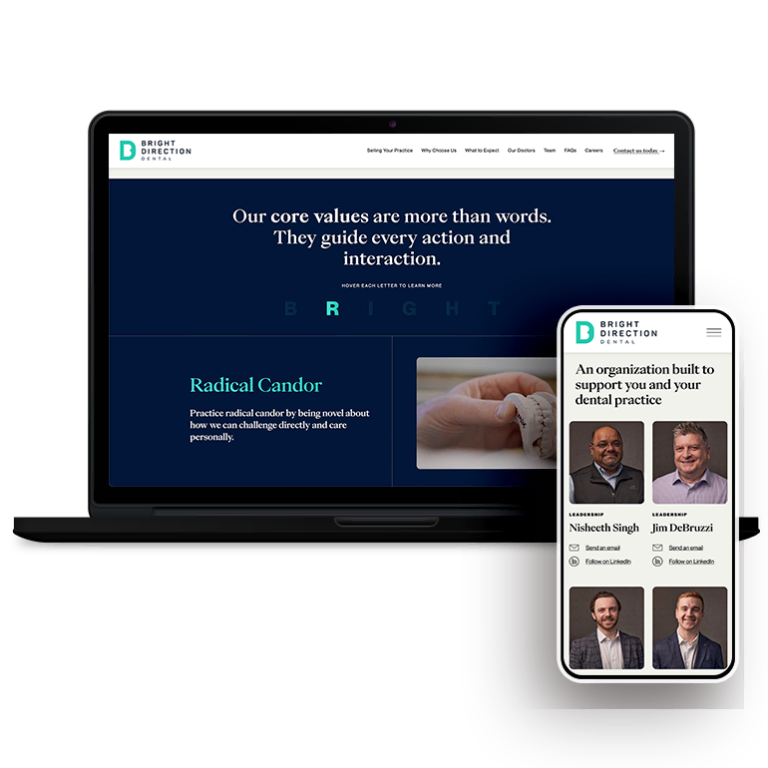
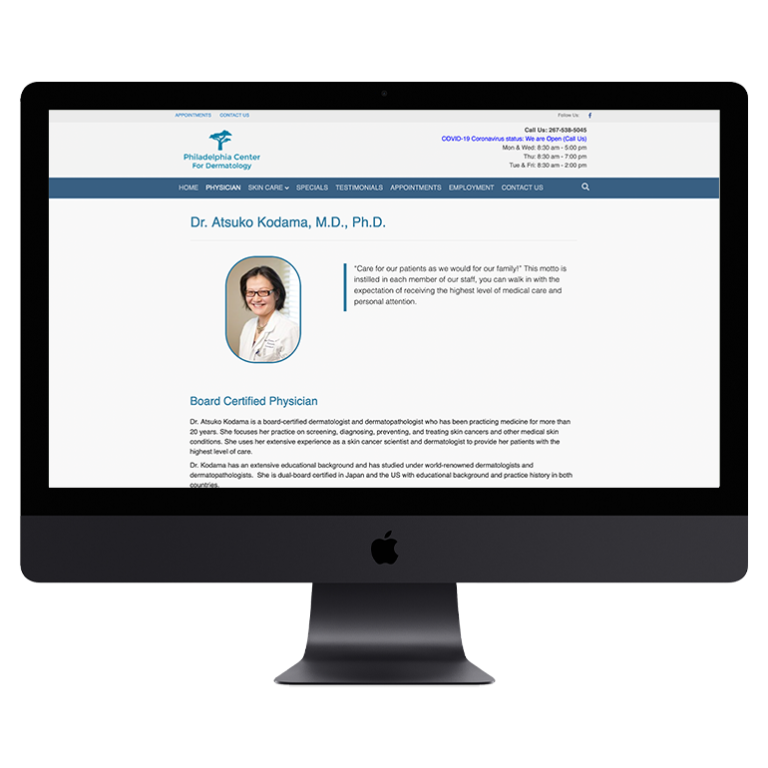
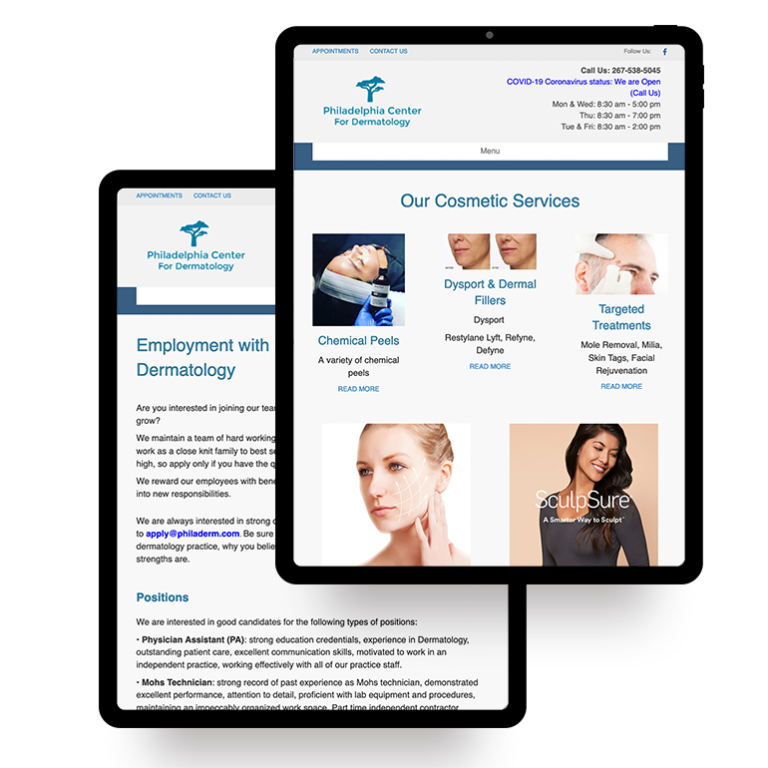



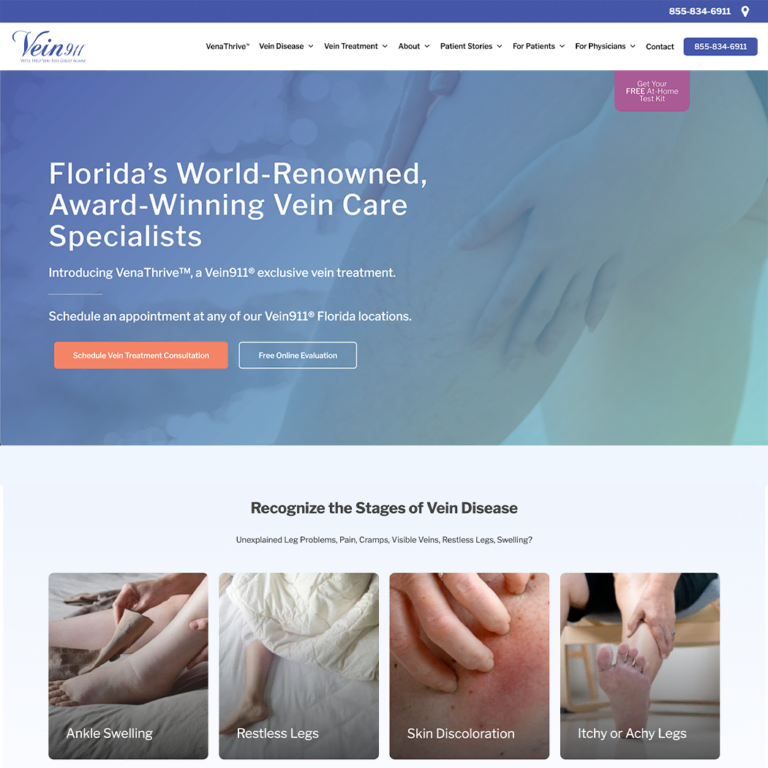
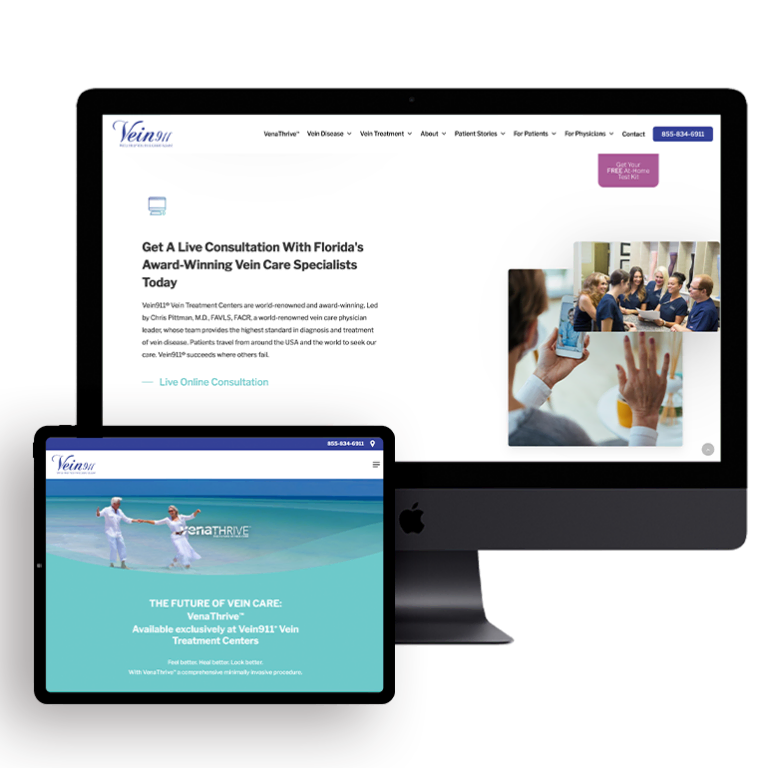
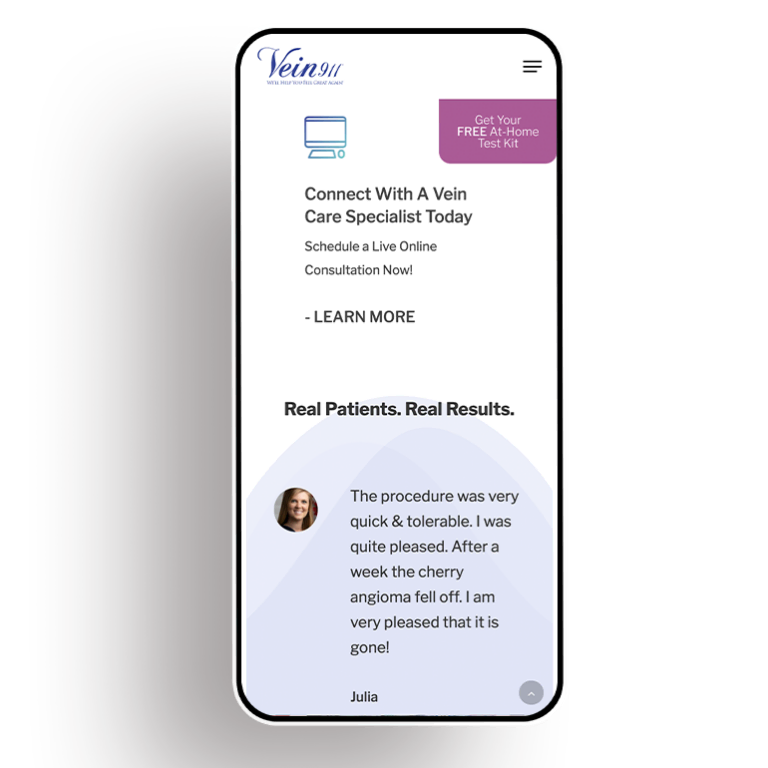
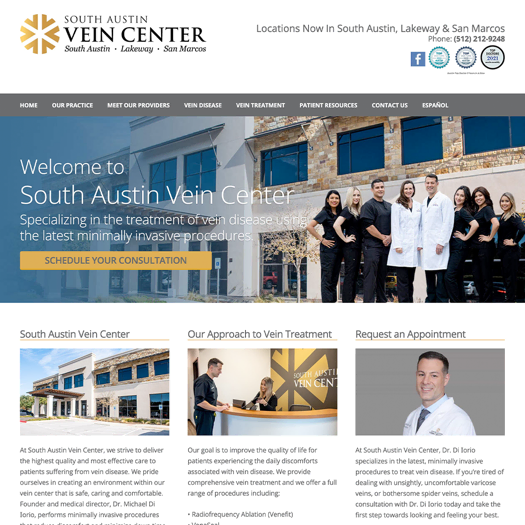

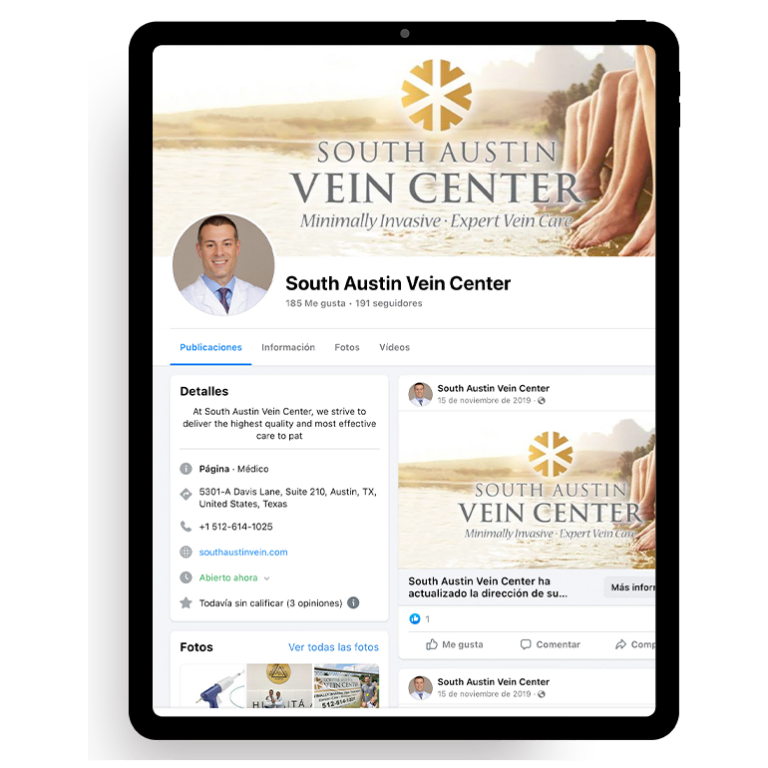



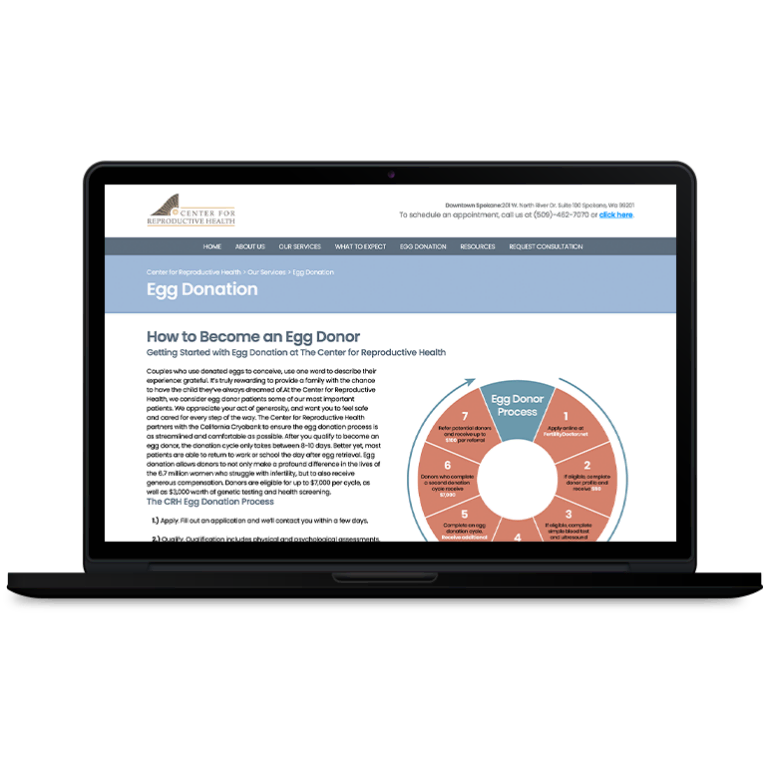

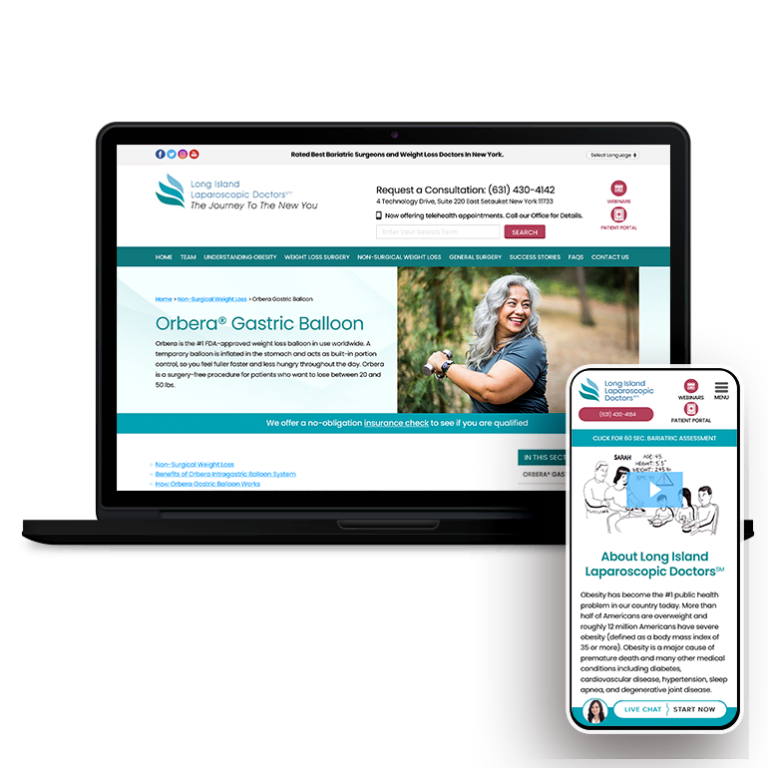

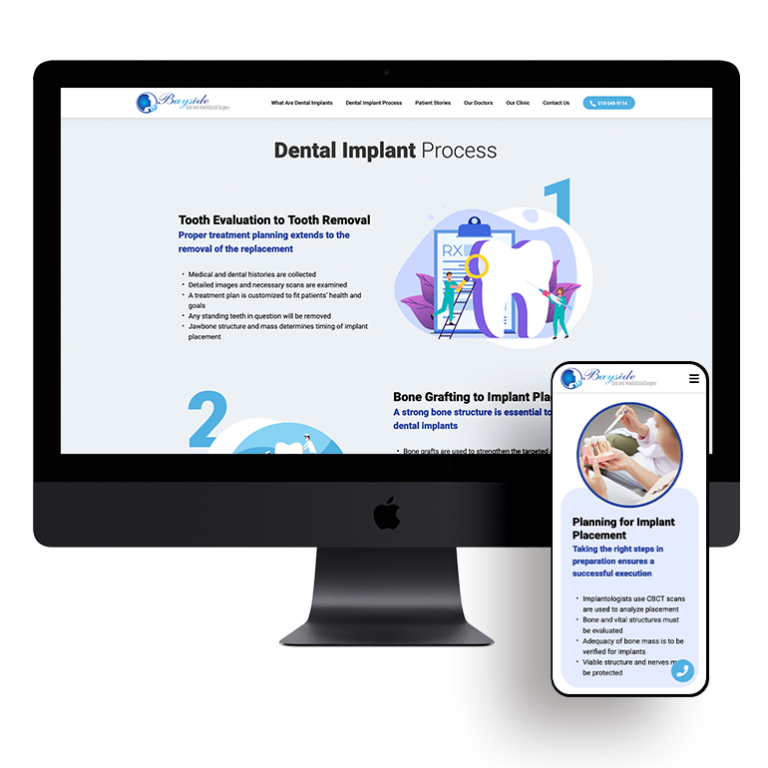




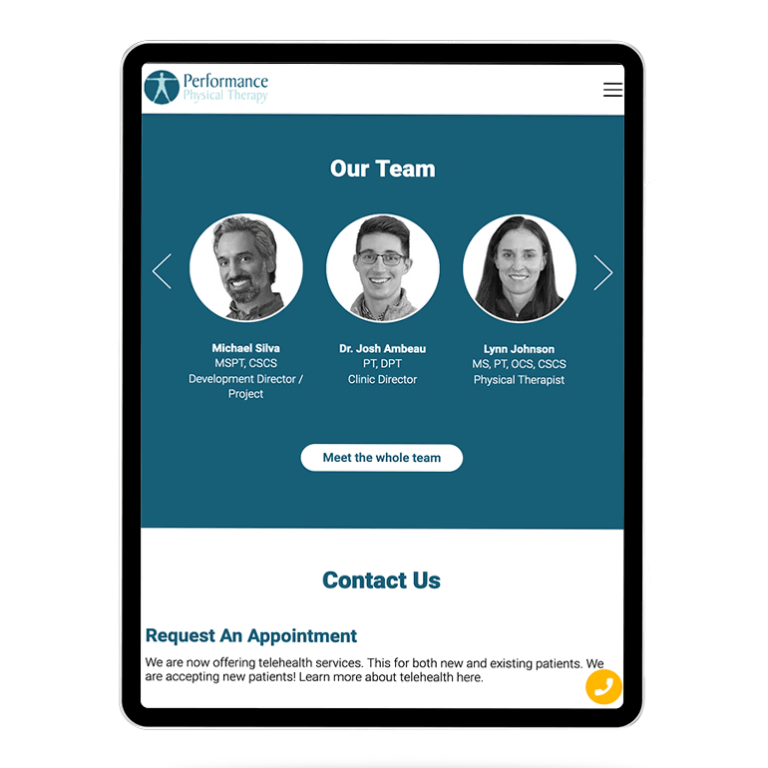

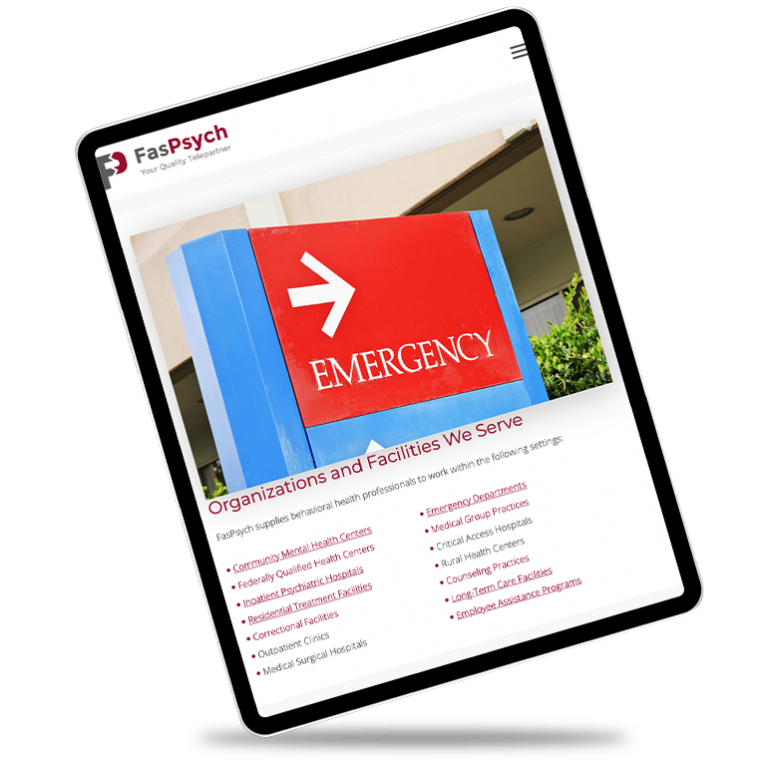
 Smart Design Creates New Patient Opportunities
Smart Design Creates New Patient Opportunities